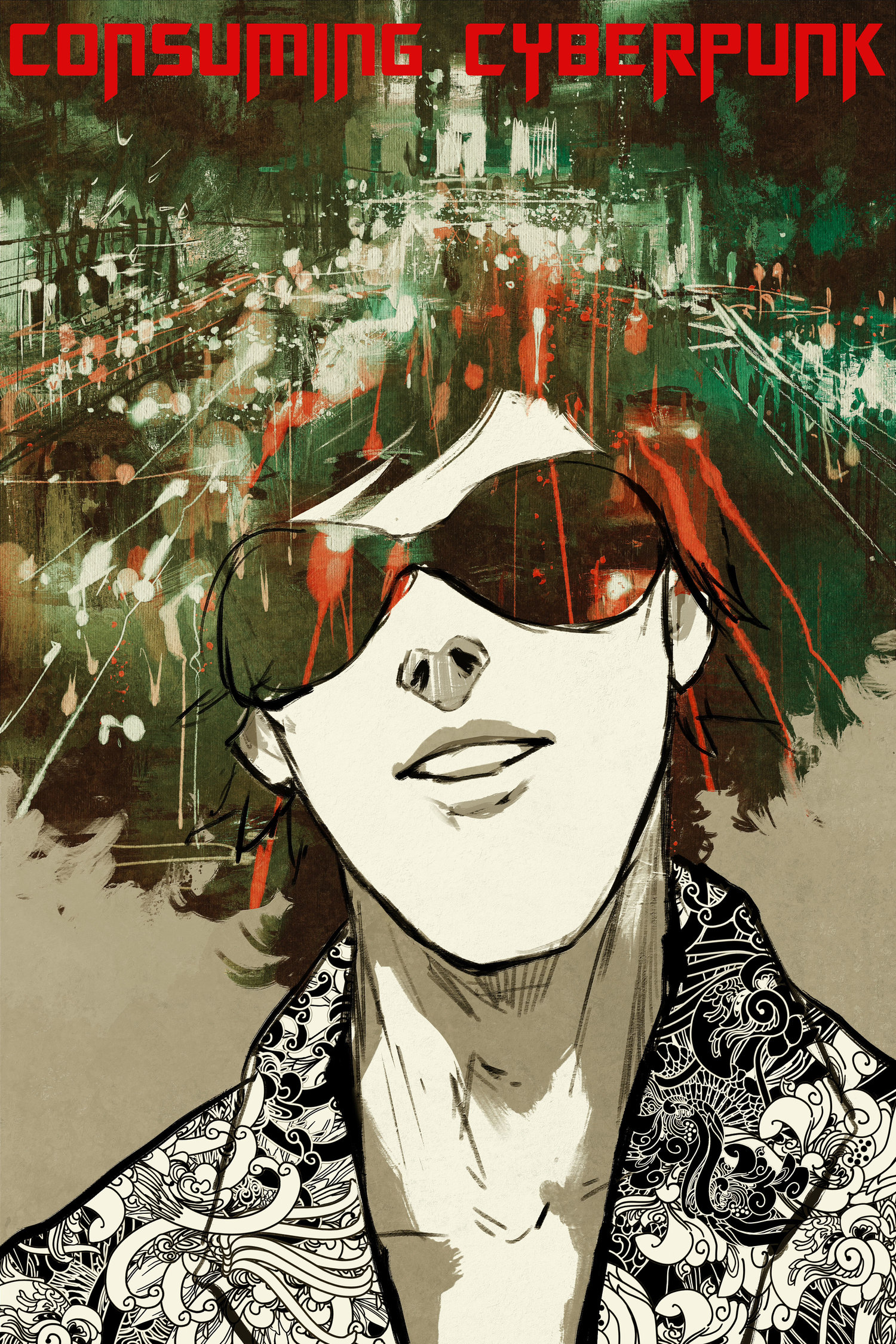Scrapyard Philosophy in Battle Angel Alita
Translated from Yukito Kishiro's Gunnm manga, Battle Angel Alita's English localization reads very well. There's many asides explaining the author's intentions, what the direct translation means in Japanese, and even some of the philosophy is expounded on and contrasted between eastern and western thinking.
Alita is discovered in the scrapyard by a strange scientist who bears the mark of the city of Zalem. This city is deified and hangs overtop the scrapyard, clearly establishing the stratification of class. More granular than this though is the social structures in place in this dark and gritty setting, in which most of the narrative takes place.
Not much “good” happens in the 'yard. Alita and the characters she interacts with (changing dramatically from arc to arc of this manga, mind you) always have to find meaning in their struggles, less it mean nothing. People are killed regularly. Poverty is rampant; the overlords constructing a reward system for enforcing tribalism. Bounty hunters are used to carrying out the omnipresent factories wishes, most punishments are death. As you'd expect, the most heinous crimes are those small infractions on the system of control over the residents.
Alita falls into the “unbelievably wise yet incredibly naive” trope often associated with women that have amnesia. In keeping with the trope, Alita is beautiful and portrayed as the ideal woman, also possessing skills men can identify with; excelling at combat beyond the capabilities of anyone else in the narrative, for instance. The nice thing is that even though this is a 90's manga, and particularly in the first couple arcs, this trope is subverted. Alita is not usually sexualized, in the manga, this deserves some props. Though, later in the second arc (volume 5, I think?), there is some fan service around a female character that is really contrived and shitty. With this blemish out of the way, the story often feels dynamic and allows a femme presence in the narrative have real things to say that matter and impact the narrative in real ways that are not reversed in later issues.
In fact, this story benefits and rises above other cyberpunk narratives because of the female protagonist and because of the vivacious female and femme presence. Sometimes it is downplayed, particularly when she is naive toward a young man who is pretty much...an asshole. Overall though, as I say, it gets a lot more right than wrong.
It explores actual philosophical topics through the lens of a woman who struggles to define what and who she is through her actions. These human moments would not have the same resonance with an audience if it was a male protagonist; a welcome addition to cyberpunk media and literature. She exerts her agency often, is allowed to be badass and tender. Particularly the first 4 volumes, which were loosely adapted to the anime OVA (also pretty good). The villains are not typical cyberpunk villains either, often times they are contextualized to give a heightened sense of the uncanny, as well as show the moral ambiguity in the scrapyard. Everyone is shades of good and bad, including the heroine.
The art is gorgeous, throughout...but story wise the last 3 volumes are not as good. The ending. Is. Terrible. Thankfully the ending is apparently retconned with the manga series after this one. A very good move. It was maybe the worst ending I've ever struggled against. The first 3 volumes, and up to volume 6, are a must read if you are interested in great art, a genuine story with a female protagonist (mostly) written well, and an interest in some really cool fights. Secondary consider the sprinkling of deep questions from time to time, the human condition, and some philosophical questions and you've got yourself maybe the best cyberpunk manga. At least, to my taste.






